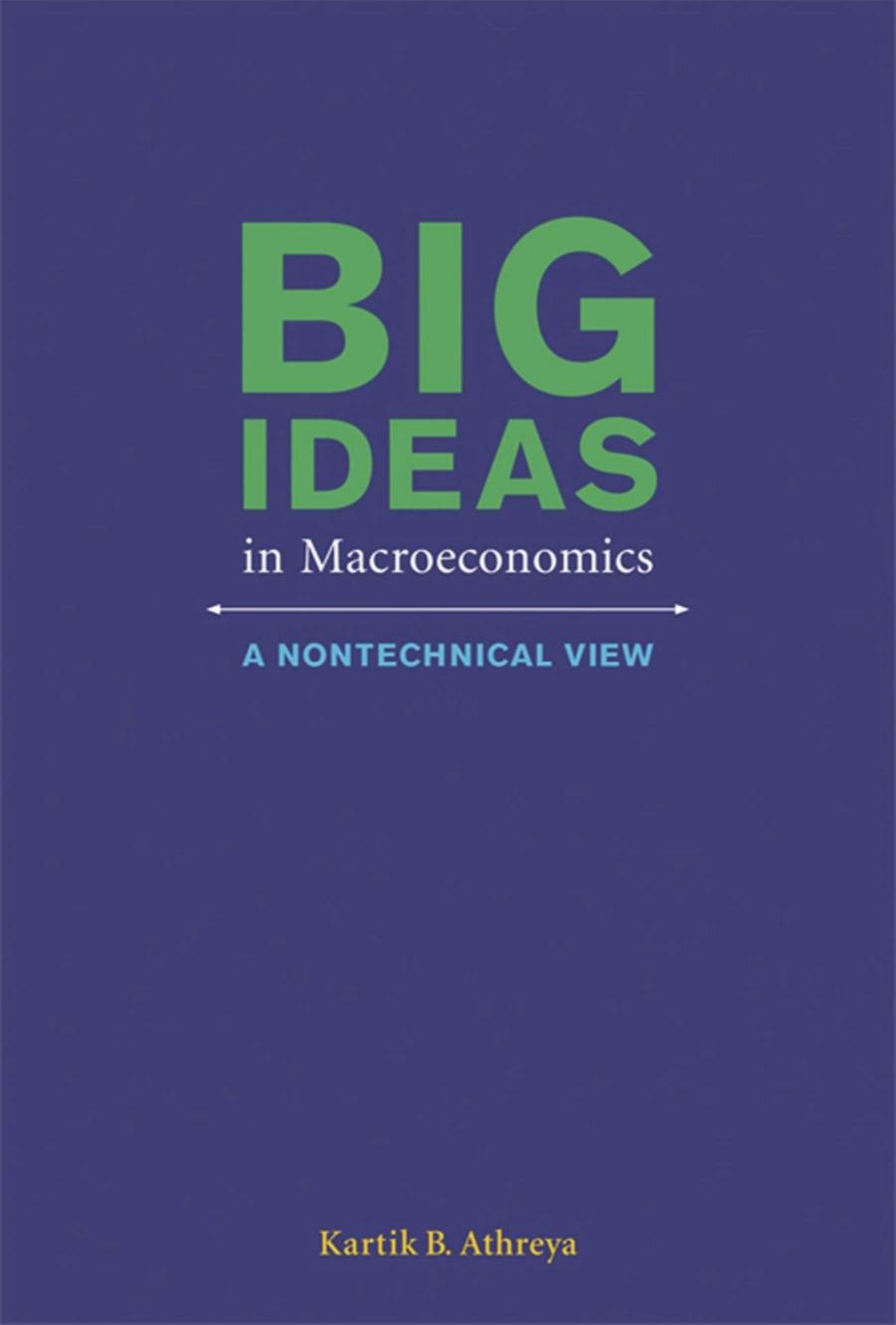Big Ideas in Macroeconomics: A Nontechnical View by Kartik B. Athreya

Author:Kartik B. Athreya
Language: eng
Format: mobi, pdf
Published: 0101-01-01T00:00:00+00:00
5.3 The Radner Version of the ADM Economy
Arrow (1953) noted early on (in a paper not published in English until 1964) that âsecuritiesâ or financial assets could, in principle, allow for the outcome of an ADM model to be replicated with far fewer markets than the archetypal Arrow-Debreu contingent commodities. These securities were special, as they were ones that paid off in only one contingency, and paid nothing in any other one, and for obvious reasons are called âArrow securities.â
Radner followed this line of reasoning and imagined a market structure where instead of all trade happening at once as in the ADM setting, a small set of markets open prior to the resolution of any uncertainty. These markets allow for contingent trade in just one of the goods. Think of a world with just four physical goodsâcorn, wheat, alfalfa, and soybeansâin springtime, when planting is about to commence. In this economy, all eating takes places later, at harvest time. But think of the weather at harvest time as uncertain, taking one of three possible forms: sunny, cloudy, or rainy, each of which matters for the size of the harvest. After the harvest, imagine that the world ends.
In this physical setting, a Radner trading system or a Radner economy will allow only weather-contingent trade in springtime (before uncertainty is resolved) in only one of the physical goodsâsay corn. That is, participants in a Radner economy can take part in three forward markets in which they buy or sell promises to deliver or receive three goodsâ corn in rainy weather, corn in cloudy weather, and corn in sunny weatherâbefore they know the harvest. But there would be no markets in any other goods (in our case, this just means no trade in wheat, alfalfa, or soybeans). The Radner economy then lets uncertainty over the weather resolve itself, but as soon as it does, it allows for a set of markets for immediate consumption in all goods. In our case, four markets would open: one for corn, one for wheat, one for alfalfa, and one for soybeans (and the weather would be whatever it turned out to be). These latter markets are typically called âspotâ markets, because they are ones in which market participants buy and sell items for immediate consumption.
Notice that the Radner trading arrangement features fewer markets than the ADM model under uncertainty requires: instead of twelve markets (three forward markets each in corn, wheat, alfalfa, and soybeans), our current market arrangement features seven markets (three forward markets for corn in rainy, cloudy, or sunny weather, and four spot markets once the weather resolved itself). Crucially, as the number of goods and states grows, so does the difference in the number of required markets, and it grows dramatically. For instance, if there were 100 different types of crops and 20 kinds of weather, the Arrow-Debreu trading system would feature 2,000 markets, while the Radner would require just 120 markets.
More generally, under Radner trading, if there are L goods and S states,
Download
Big Ideas in Macroeconomics: A Nontechnical View by Kartik B. Athreya.pdf
This site does not store any files on its server. We only index and link to content provided by other sites. Please contact the content providers to delete copyright contents if any and email us, we'll remove relevant links or contents immediately.
International Integration of the Brazilian Economy by Elias C. Grivoyannis(57311)
The Art of Coaching by Elena Aguilar(50006)
Flexible Working by Dale Gemma;(22948)
How to Stop Living Paycheck to Paycheck by Avery Breyer(19214)
The Acquirer's Multiple: How the Billionaire Contrarians of Deep Value Beat the Market by Tobias Carlisle(11675)
The Radium Girls by Kate Moore(10906)
Thinking, Fast and Slow by Kahneman Daniel(10573)
The Art of Thinking Clearly by Rolf Dobelli(8839)
Hit Refresh by Satya Nadella(8336)
The Compound Effect by Darren Hardy(7552)
Atomic Habits: Tiny Changes, Remarkable Results by James Clear(7208)
Turbulence by E. J. Noyes(7037)
Tools of Titans by Timothy Ferriss(6944)
How to Be a Bawse: A Guide to Conquering Life by Lilly Singh(6692)
Change Your Questions, Change Your Life by Marilee Adams(6639)
Nudge - Improving Decisions about Health, Wealth, and Happiness by Thaler Sunstein(6633)
Win Bigly by Scott Adams(6310)
The Black Swan by Nassim Nicholas Taleb(6190)
A Court of Wings and Ruin by Sarah J. Maas(6068)
